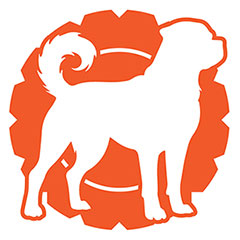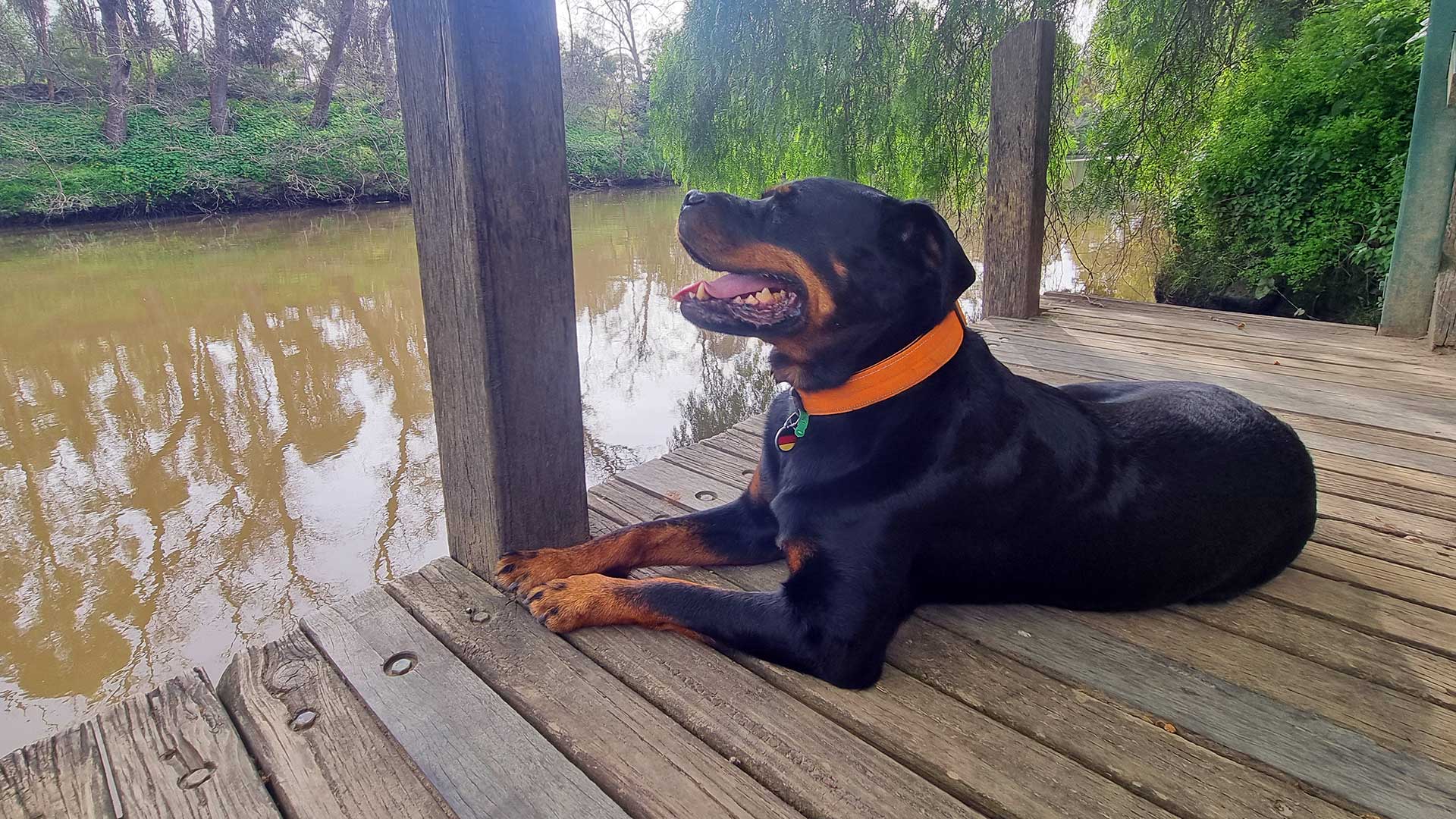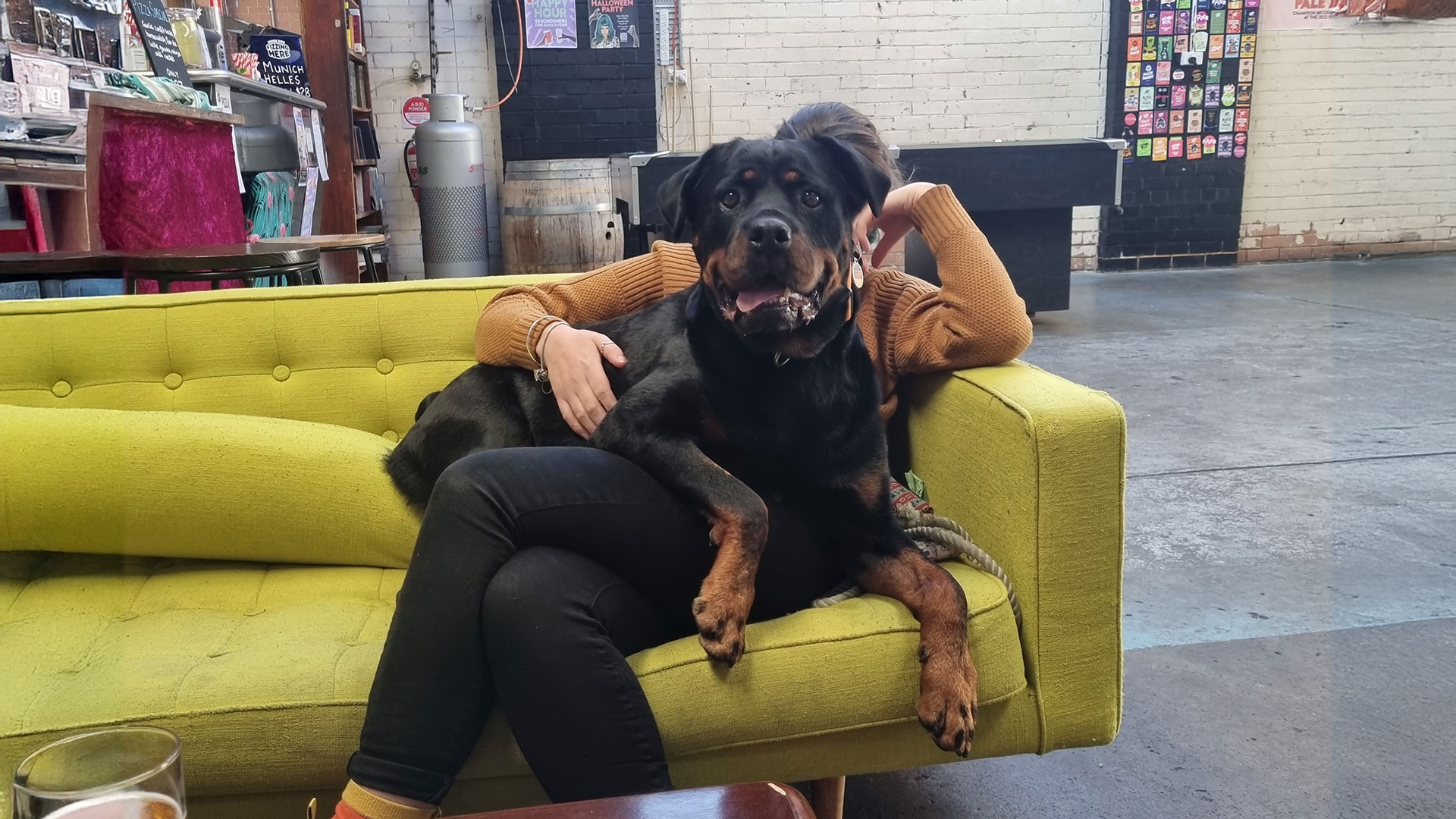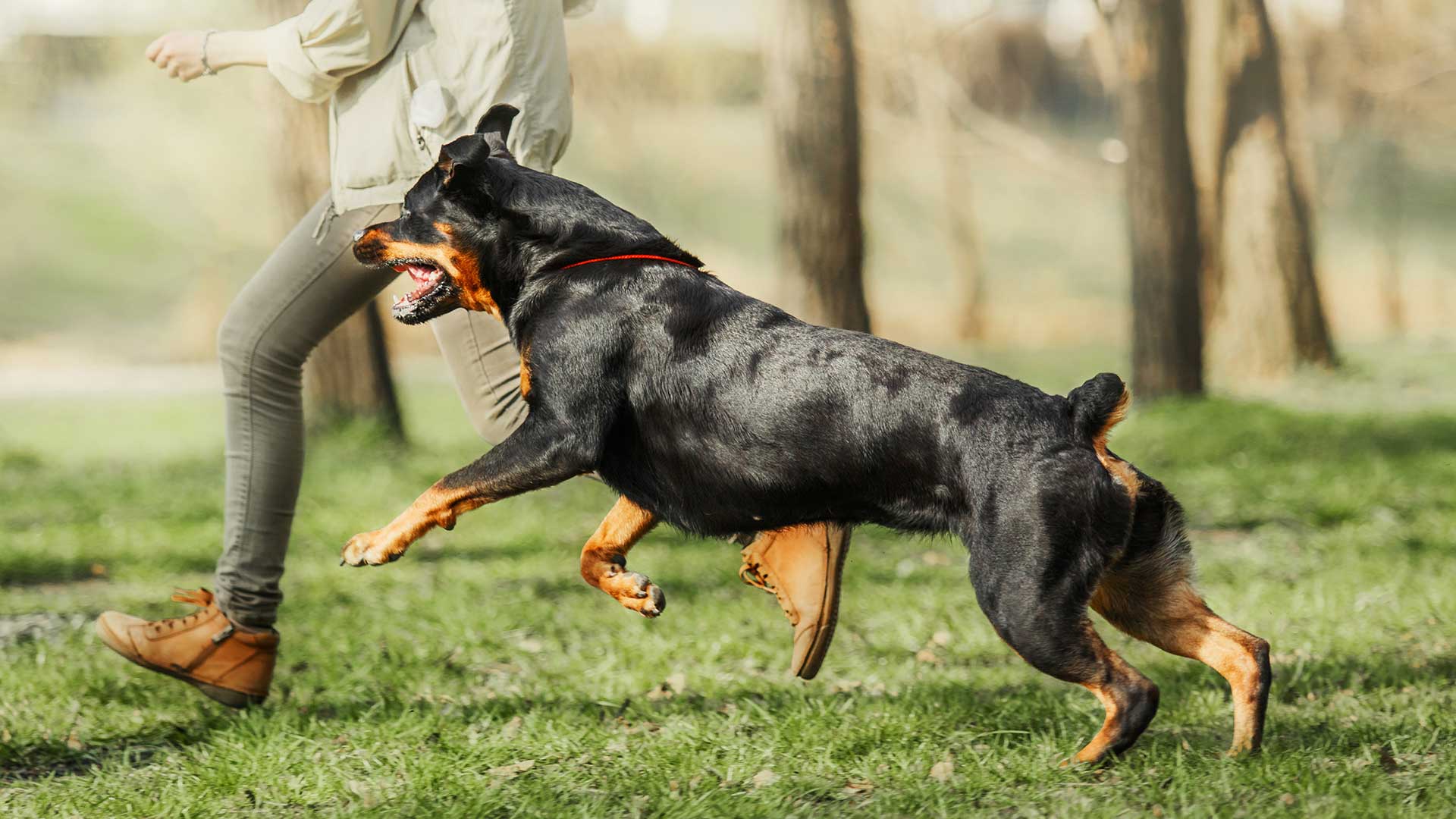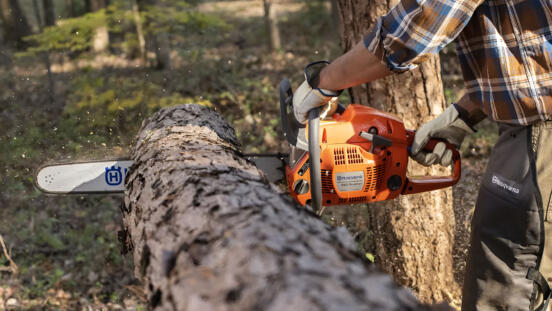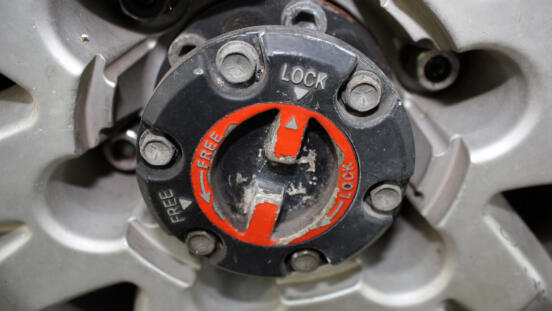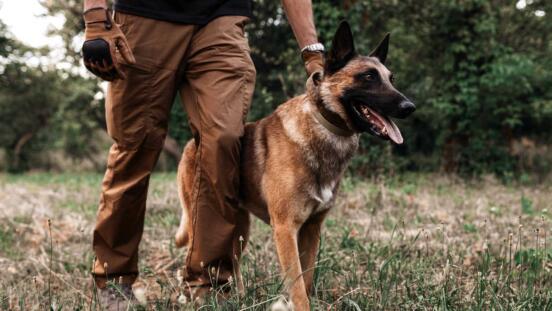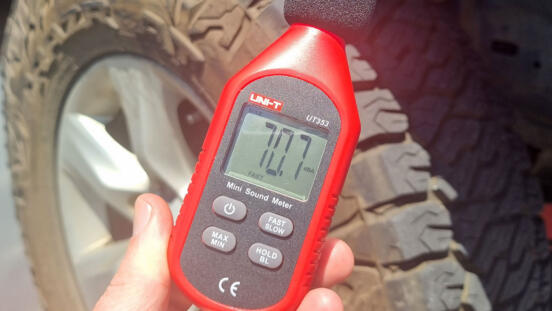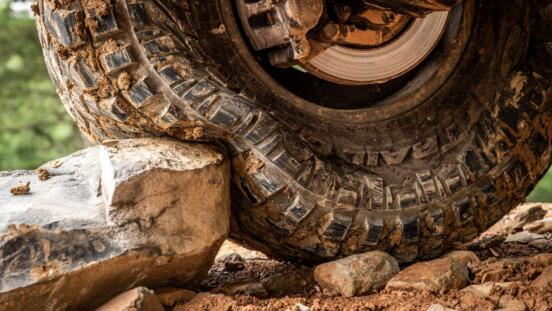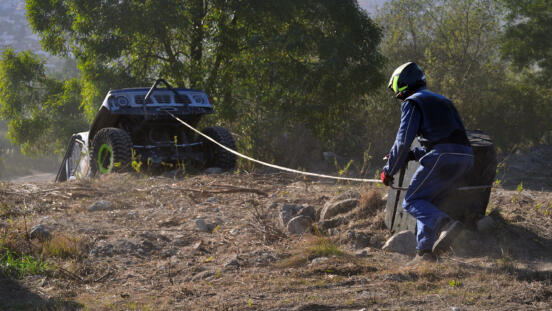Perhaps no other dog is portrayed in such polar opposite terms than the Rottweiler. Calm, devoted, and gentle family companions according to loving owners. Vicious, dangerous, wild creatures according to others, and the media.
Intelligent and adaptable, the Rottweiler is one of the older herding and protection breeds. The breed is widely accepted as being descended from Roman Empire droving dogs, brought during the Roman conquests through Europe. Eventually reaching what is now modern day Germany, the Romans drove herds of cattle for food, and these dogs were used for herding and protection of this live stock. For centuries after, these dogs continued to be used in herding and protection, and would later be called ‘butcher dogs’, used not just for herding, but also to pull carts of meat to market, and protect their owners money pouches on the journey home.
In time, a city in the region was named Rottweil, giving the dogs their name.
Rottweilers stats
- Weight:
Male: 50 – 60kg (110 – 132 lbs).
Female: 40 – 50kg (88 – 110 lbs) - Height:
Male: 60 – 70cm (24 – 28 inches).
Female: 55 – 65cm (22 – 26 inches) - Life span: 9 – 12 years
- Coat: Double coat, short, thick and strong fur
- Colour: Black and tan (and rarely, "chocolate" and tan)
- Litter size: 6 – 10 puppies
- Breed group: Working dogs, Utility dogs
As rail roads spread and cattle cars became the standard method for moving stock, the need herding dogs declined, and so did Rottweiler numbers. In the 1910’s, with international tensions building in the leadup to what became World War One, demand for police and military dogs saw the breed revived in many places.
This image of being Police/Military/security dogs, and their temperament, is unfortunately where Rottweilers are the most misunderstood by many.
The American Kennel Club describes the Rottweiler as:
…a calm, confident and courageous dog with a self-assured aloofness that does not lend itself to immediate and indiscriminate friendships. A Rottweiler is self-confident and responds quietly and with a wait-and-see attitude to influences in its environment. It has an inherent desire to protect home and family, and is an intelligent dog of extreme hardness and adaptability with a strong willingness to work, making them especially suited as a companion, guardian and general all-purpose dog.
A well socialised and trained companion Rottweiler will be good-natured, calm, gentle and obedient. Instances of aggressive individuals can almost always be attributed to abuse, neglect, and irresponsible owners (in some cases well-meaning, but inexperienced/incapable owners nonetheless, who would really be better off with a different dog). Without proper socialising and training, any dogs protective instincts can turn into aggression.
The worst, are irresponsible/inexperienced owners wanting a “guard dog”, or those after the "tough guy" look, who encourage aggression behaviour while not providing leadership, socialising, or obedience training, all of which are are essential in teaching that there are times to protect and times not to.
All that said, it must be acknowledged that every dog is an individual. For a companion Rottweiler, socialisation is inarguably essential, but it is not a silver bullet that magically solves all. Any dog, regardless of what its breed is "typically" known for, can have harder or softer temperaments, and be more submissive, passive or aggressive, regardless of upbringing. Now matter how socialised or well trained a dog is, not every dog is going to be suitable for every living environment or situation.
e.g. dogs from a breeder who breeds for police/military service dogs are going to have had different traits encouraged through generations than a breeder who breeds dogs for family companions, even though they are the same breed. Remember, you are getting an individual, not a unit off an assembly line.
Though exceptionally strong, Rottweilers will adjust for the activity or task at hand. In herding they can bark and coerce while making no physical contact with smaller, more compliant herd animals. Where larger or stubborn animals are found, a Rottweiler will use its weight and strength to physically force the animal to move; a method not available to smaller working dogs like Kelpies or Collies.
The same can be seen during play. With smaller playmates and family children, companion Rotties will dial things down to rolling around, maybe gentle mouthing if that's in their play style. When an exuberant buddy their size is up for it, wrestling can look like two logs crashing into each other.
Above: Soaking up the ambiance with my girl.
Rottweiler health is generally good, but due to irresponsible breeding in the past, joint issues are not unknown (this is also partially due to their weight and the stress this places on joints, an issue for all large dogs). In more recent years, conscientious breeders have made great strides in improving this, to the extent that x-rays are not uncommon in measuring joint health as part of selecting individuals to breed.
Joint issues aside, the Rottweilers' physical prowess can not be denied. They are an impressive animal by any standard. Though this has made them versatile, capable, and popular dogs, it has also worked against them in the media. When a “dangerous dog” is required in a movie Rottweilers are often chosen; some would call this ironic given the obedience and temperament required to appear aggressive on queue then immediately stop when told. Similarly, when an article is published about an incident with a dog or changes in law are proposed, a Rottweiler is often pictured when none were involved.
Some years back, a major newspaper in my area published an article about a dog biting a child at a local hardware store. On the masthead of the article, of course, was a photo of a snarling Rottweiler foaming at the mouth. The dog that nipped the child at the hardware store was... a Jack Russell Terrier.
"Never let the truth get in the way of a good story", as they say.
Inflammatory media nonsense aside, Rottweilers are the perfect example of “you get out what you put in”. Though their strength and protective nature are factors not to be ignored, with love, socializing, and training their natural good nature will shine through. In return for your efforts, you can be rewarded with a calm, confident, loving, and loyal addition to the family.
Characteristics
- Indoor living suitability: 6/10 - While Rotties can definitely be exuberant, especially when young or excited, they have a ‘couch-potato’ side. With ample daily exercise, they can do perfectly fine with indoor living.
- Owner experience required: 8/10 - Though generally calm and good-natured, a Rottweiler's size, strength, and protective instincts require a dedicated, firm owner to oversee their development. If not trained and socialized properly, aggression or dominance issues can develop. Due to their size and strength, a competent handler whose commands will be obeyed is important.
- Sensitivity: 3/10 - Rottweilers typically don't rattle easily, and will not be phased by a loud household, noisy neighbors, or clanging around in the garage. Their calm, confident nature makes them well-suited to busier environments.
- Need for company: Like all dogs, Rottweilers will want to be with their family, however, when their calm and self-assured nature is complemented with daily exercise to avoid boredom and restlessness they do reasonably well being left alone during work hours if they must be.
- Suitable climates: Rottweilers have an under-coat and an outer-coat, making them well suited to temperate or colder climates. Their shorter snout and thick coat can make them more prone to overheating in hotter climates, so caution should be taken there.
Above: My "lap dog" at our local bar.
Family, friends, and other dogs
- Friendly with family: 8/10 - Rotties will bond and show affection for all members of the family, though they can often pick a "favourite", and be a "one master" dog. While they will listen, and enjoy time with the whole family, when person #1 is around, that's where most of their focus can be.
- Child friendly: 8/10 (with some conditions) - While friendly towards children, a Rottweilers strength is a factor not to be ignored. An overly excited Rottweiler can be like a wrecking ball; friendly, but still with more than enough oomph to knock a child over with force. Rotties often lean on their family members, herding instincts and a desire to protect may also cause them to bump children to move them away or block them from a perceived hazard. Adult supervision is recommended with small children.
- Dog friendly: 7/10 - With proper socialization Rottweilers are as friendly as any dog, but again, the Rottweilers strength is not to be overlooked in this regard. Rotties are typically a fearless breed, if another dog exhibits dominant behavior, or acts aggressively towards them, Rotties will give warnings - growling and the usual defensive body language - but if warnings are ignored, they can settle things physically rather than submit.
- Friendly toward strangers: Rotties range from aloof to friendly with strangers. Originally bred to guard livestock, protective tendencies can be heightened at home but with a confident owner sending the ‘all is well’ signal, introductions to strangers should be no problem.
Trainability
- Intelligence: Rottweilers are highly intelligent and versatile, filling roles in the military and police, as search and rescue dogs, herding livestock, as protection dogs, and faithful members of the family. They’re also top performers in obedience trials.
- Ease of training: Rottweilers are highly trainable but a firm and consistent hand is required.
Possible undesirable behaviour
- Mouthing: 3/10 – Play-biting is common during puppyhood, less so in adults. They may 'grasp' family members for attention or when playing.
- Prey drive: 4/10 – Originally bred for herding and guarding, Rotties do not typically have a high drive to chase prey, but it's obviously possible, especially if something of interest directly crosses their path.
- Tendency to bark/howl: 4/10 - When young and left alone, Rotties will bark and howl for company as you'd expect from any puppy, but this fades as they grow older and adjust. Barking while ‘protecting’ is common but when with company or relaxing at home they’re typically silent.
- Goes wandering: 4/10 – Rotties will follow their nose if something interesting presents itself but usually won’t go too far from their handler.
Grooming
- Shedding: Low
- Drooling: Contrary to common opinion, Rottweilers do not constantly drool. In individuals with particularly large heads/jowls there may be a small amount of regular drooling, though normally this will be limited to times when food is expected, or while asleep if their mouth is left open.
- Grooming required: A weekly brush is enough, bi-weekly brushes will mean a bit less fur on your floor.
Exercise needs and general health
- Energy level / Intensity: Moderately active Rotties will require a vigorous walk morning and night. More energetic Rotties may enjoy fetch, or wrestling with buddies, and free running outdoors.
- Playfulness: Until later years Rotties will almost always be up for a vigorous play session with the family.
- Exercise frequency : At least an hour, twice daily.
- General health: Rottweilers are generally healthy, but due to irresponsible and over-breeding in the past hip and elbow dysplasia are not uncommon, though reputable breeders will focus heavily on reducing this. If a breeder you're investigating doesn't address this in their information, seek your Rottie pup elsewhere. Excessive protein due to over-feeding can mean growth spurts and weak bones, and like all deep-chested dogs, Rottweilers can suffer from bloat, however, the chances of this can be reduced by feeding your Rottie twice daily instead of a single large meal.
I love my Rotties, and don't see myself ever having another breed in the future. Hopefully, you find the right companion for you too.
Read section again:
Quick stats
Characteristics
Family, friends, other dogs
Trainability
Possible undesirable behaviour
Grooming
Exercise needs and health
Related: Review: Origin K9 Dynamic Hard Strop
# Rottweiler health issues, where do Rottweilers come from, do Rottweilers shed.
